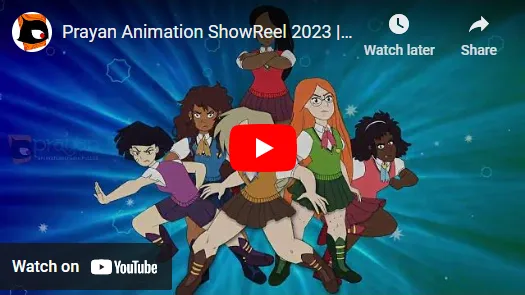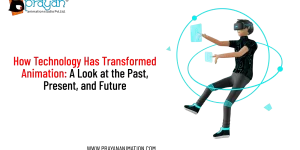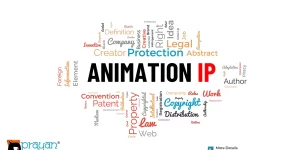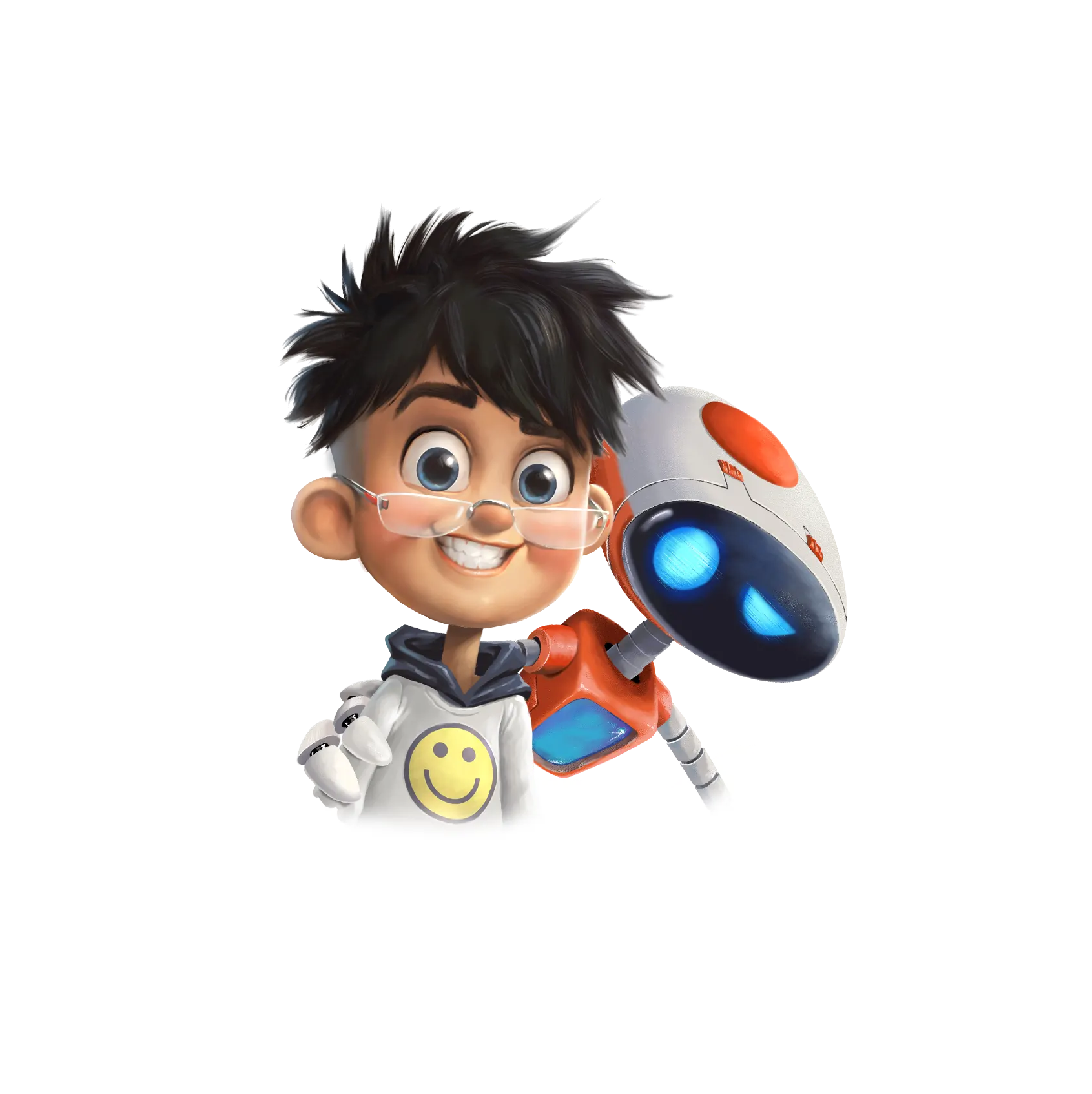Effective Tips to use Animations in eLearning

Although we usually use graphics to give value to our content, many do not know the different ways that exist to take advantage of this resource. For that reason, we have decided to bring up a list of effective tips for using animations in eLearning.
1. Bet on elements that evoke the correct emotion:
Animations have the particularity that they can generate or provoke specific emotions. Therefore, it is always advisable to study what type you can use in order to achieve your goals.
While animations are ideal for making your material more engaging, choosing the wrong ones can completely ruin the student experience. That is why you should always carefully analyze whether the visual elements that you will integrate will really contribute positively to your content.
2. Create animations for one theme at a time:
You should start integrating animations into your academic strategy, but you shouldn’t overuse them either. Another of the most common mistakes when using these elements within the content of classes is adding useless, irrelevant, or secondary information.
This can cause distractions and lead students to deviate from the real goals that they intend to achieve. Maintaining consistency and knowing exactly why and what animations are being used for is so important.
3. Encourage your students to interact with the graphics:
Animations can be very powerful within the world of eLearning. However, they can go unnoticed or become passive elements due to ignorance. Many visuals are placed to tell stories, but animations should ideally allow the student to connect with them.
In other words, they must promote interaction. In this way, each student will have an active participation in their learning process. A good way to do this is by adding buttons or elements that can be pressed to generate other actions.
4. Be consistent in the use of animations:
Animations are used for a specific purpose, and we cannot achieve it if we are not consistent with its implementation. As we have mentioned, these elements bring many benefits to learning methods, but they are intrinsically linked with the characteristics of the human being.
If the students come into constant contact with the animations and do not see it as something that is used sporadically, they will be able to take better advantage of its benefits and understand the role those tools have within their educational process.
5. Use animations to simplify complex topics:
Another tip to effectively use animations within eLearning tells us that we must use them wisely. In this sense, you should not use animations every second or fill your content with them.
Identify which themes need visual support or determine which complex themes may require it. Animations can help facilitate the student learning process, so employ them in areas that need more attention.
Animations are a great ally in the educational process. eLearning needs dynamic content that can capture and hold the attention of students, so this incredible tool becomes an excellent vehicle to define and achieve academic goals. Don’t hesitate to use it!
eLearning animation has been found to be effective for a number of genres and audiences in learning management systems for its ability to break down complex concepts, introduce learning in small pieces, and set the tone and emotion for the learning environment thus attracting and appealing to an ideal audience. But beyond the ease and accessibility of eLearning, interactive courses and animation in eLearning have the capability of taking kids even further by making knowledge more interactive and accessible

















 We can help you.
We can help you. 




